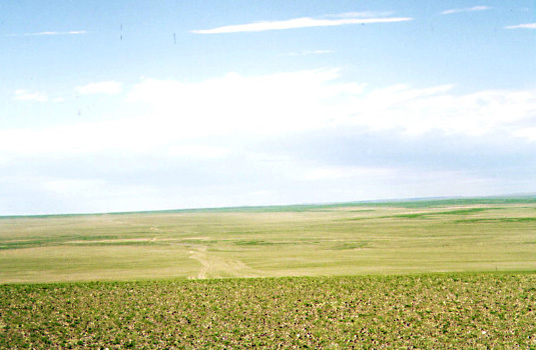
. MONGOL AND NOMADIC EURASIA .
1200-1450

The Mongols of Central Asia lived on the steppes as nomadic herders organized into clans
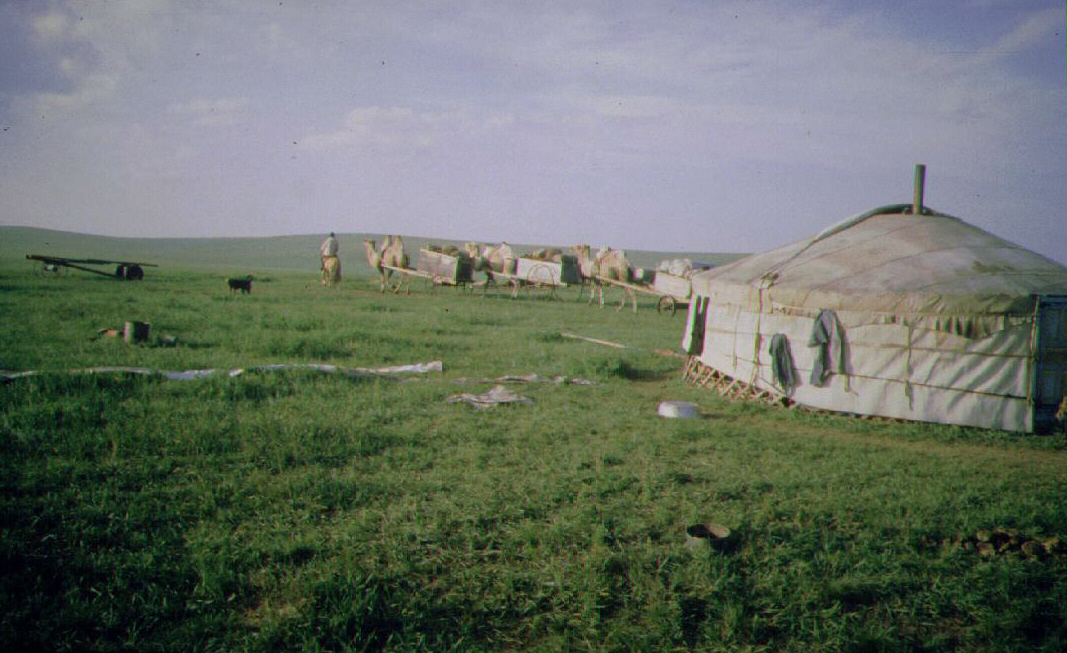
Grazing, not much rain, migratory cycles of nomadism were the norm on the steppe- yurts the common housing
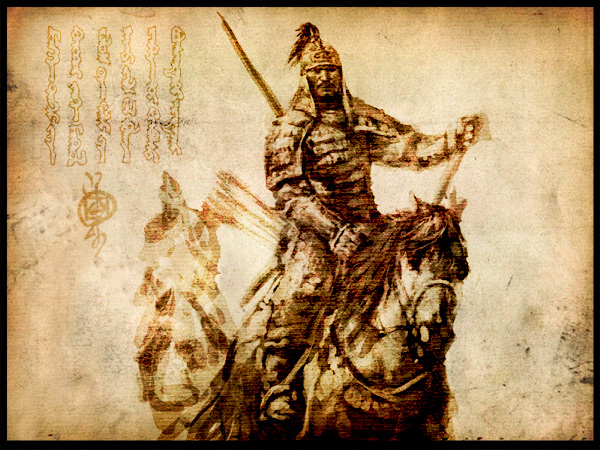
Clans were organized around a khan (king), nobles and commoners with fantastic cavalry powers
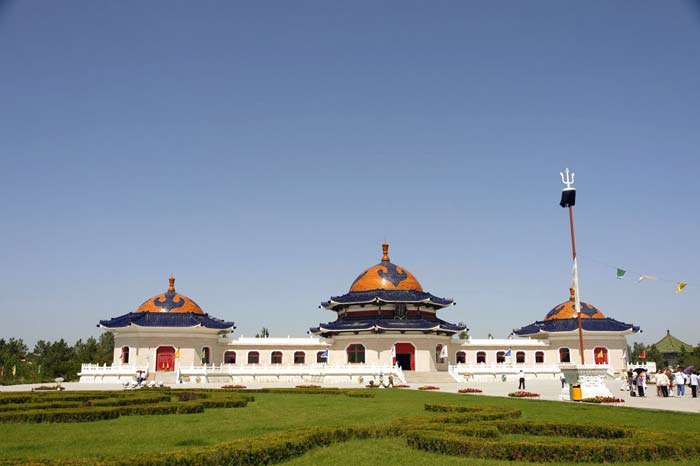
Timujin becomes Genghis (Jenghis, Chinggis) Khan (Universal Khan) by unifying the Mongols, breaking tribes and promoting
based on merit and loyalty. He raided the Jurchen peoples and bloodied northern Song China (1220). This is his tomb.
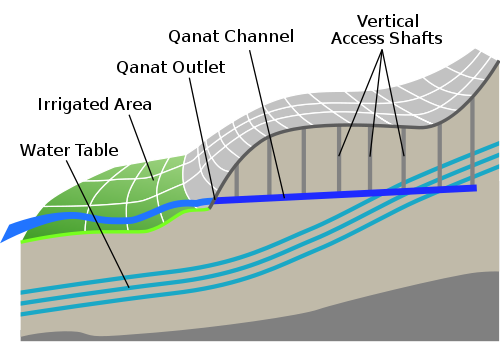
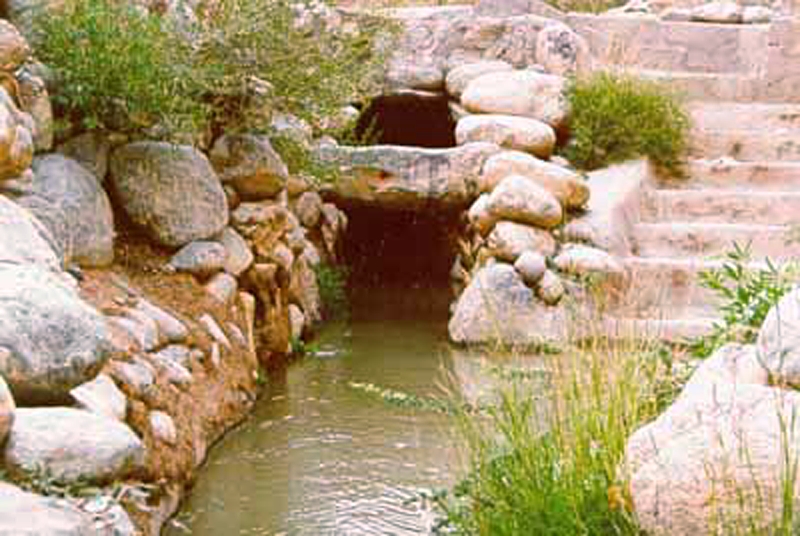
Genghis Khan contacted Shah Khwarazm, ruler of Persia to begin trading, but the Shah rejected the offer and
Genghis attacked Persia, burned Persian cities and qanat- when he died, Asia was in the hands of the Mongols.
Qanat are a special kind of sewer: http://www.sewerhistory.org/grfx.htm
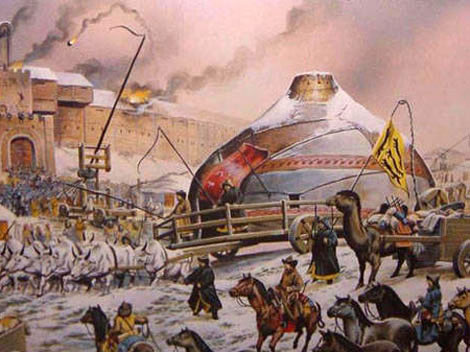
After Kublai Khan conqueed the rest of Song China, the Yuan (Mongol) Dynasty began
Here the Mongols lay siege to eastern Europe (here Kiev) as well under Kublai
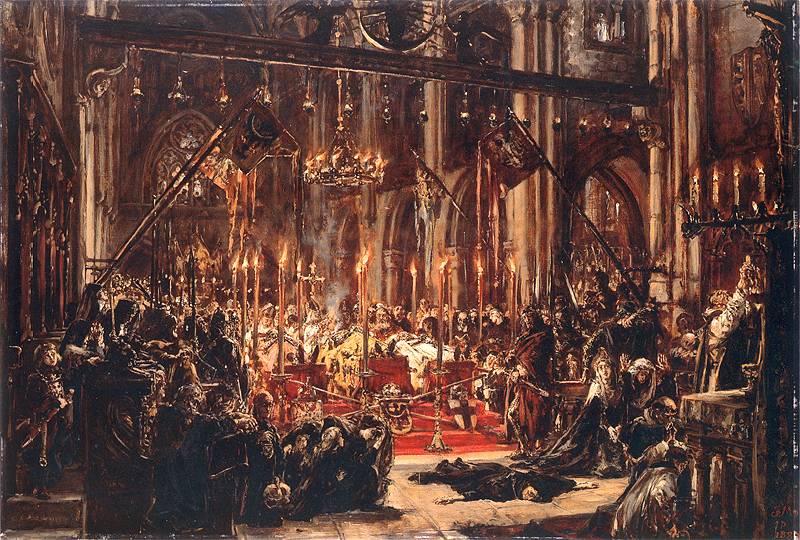
The Mongols stormed Russia and laid siege to eastern Europe (Poland, Hungary, part of Germany) before being defeated at Legnitz
Eastern Europe was lost, but Russia was kept, becoming the Khanate of the Golden Horde (1200s-1400s).
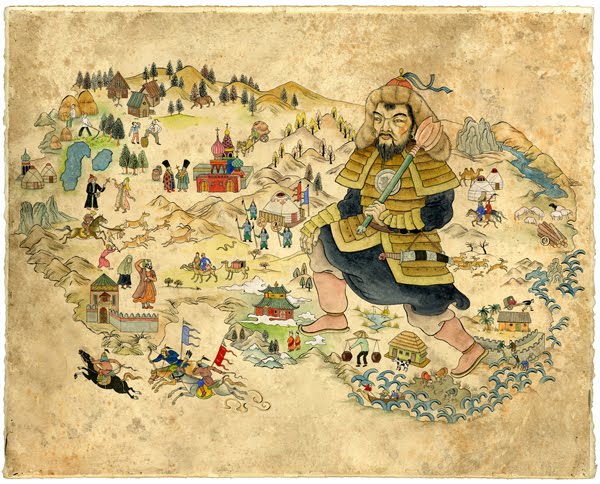
Asia was made into four 'Khanates': Yuan China, Khanate of the Golden Horde (Russia), Ilkhanate of Persia and Chaghati (Turkestan).

Yuan China: marriage between Mongols and Chinese forbidden, Mongol must remain secret language, civil service exams gone
Here storytellers and puppet shows entertain people during the Yuan period.
Ilkhanate of Persia: Ilkhan Ghazan converts to Islam, Jews and Christians of Persia slaughtered,
Mongols only want tax money, local rule okay in Persia (as opposed to in China) - here Hulegu Khan enjoys some down time
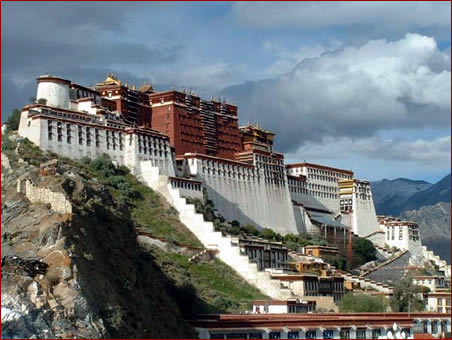
Mongols did not mind Islam, Nestorian Christianity or the Chinese religions and allowed virutal freedom of religion, but their rulers encounter Tibetan Lamist Buddhism during the 13th century, and today Buddhism is Mongolia's major religion. Llasa is the center of Tibetan Buddhism.
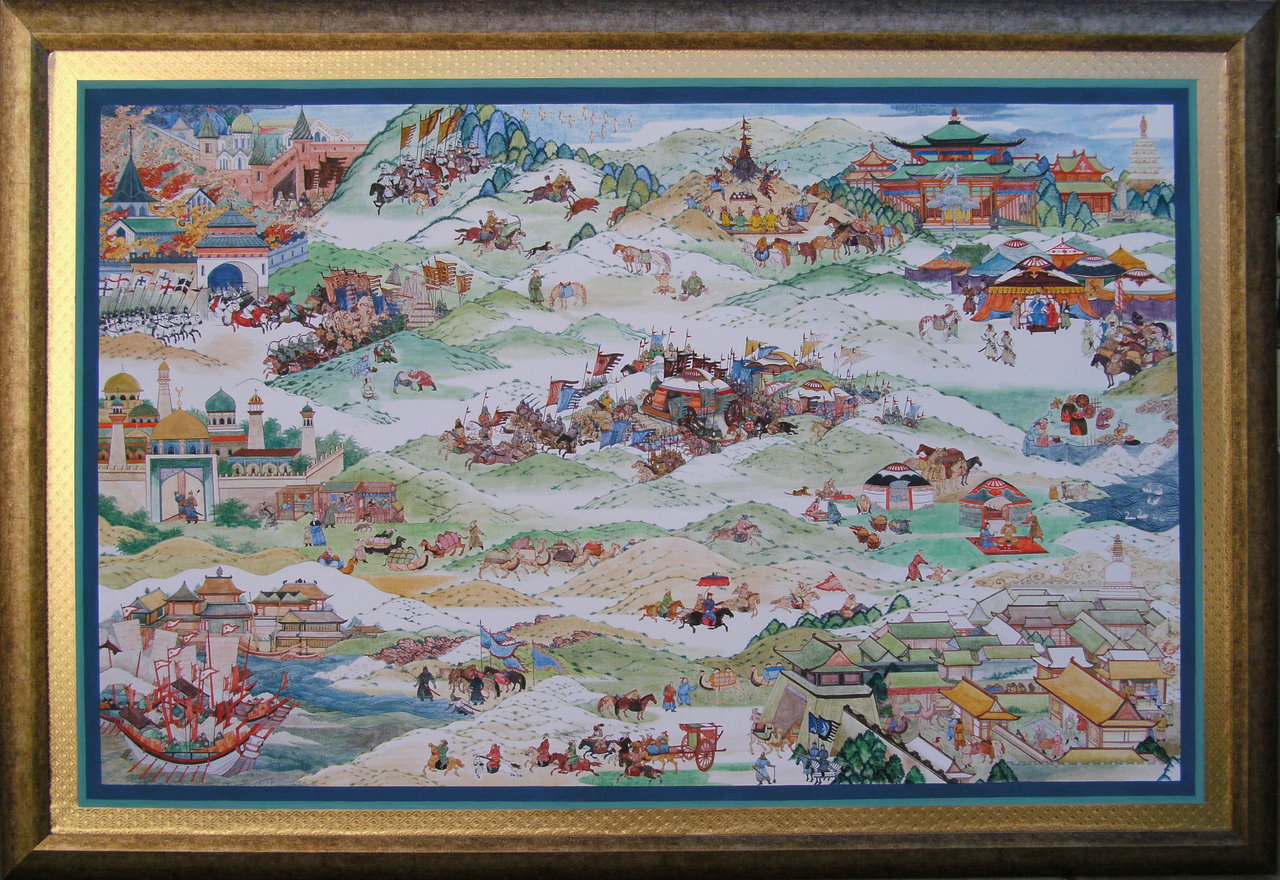
The so-called Pax Mongolica refers to the period of relative peace in the 14th century after the blood of the 13th. Silk Road trade flourished between Khanates- it was a good time for merchants, blessed with relay stations across Asia (as were missionaries of Buddhism and Islam)
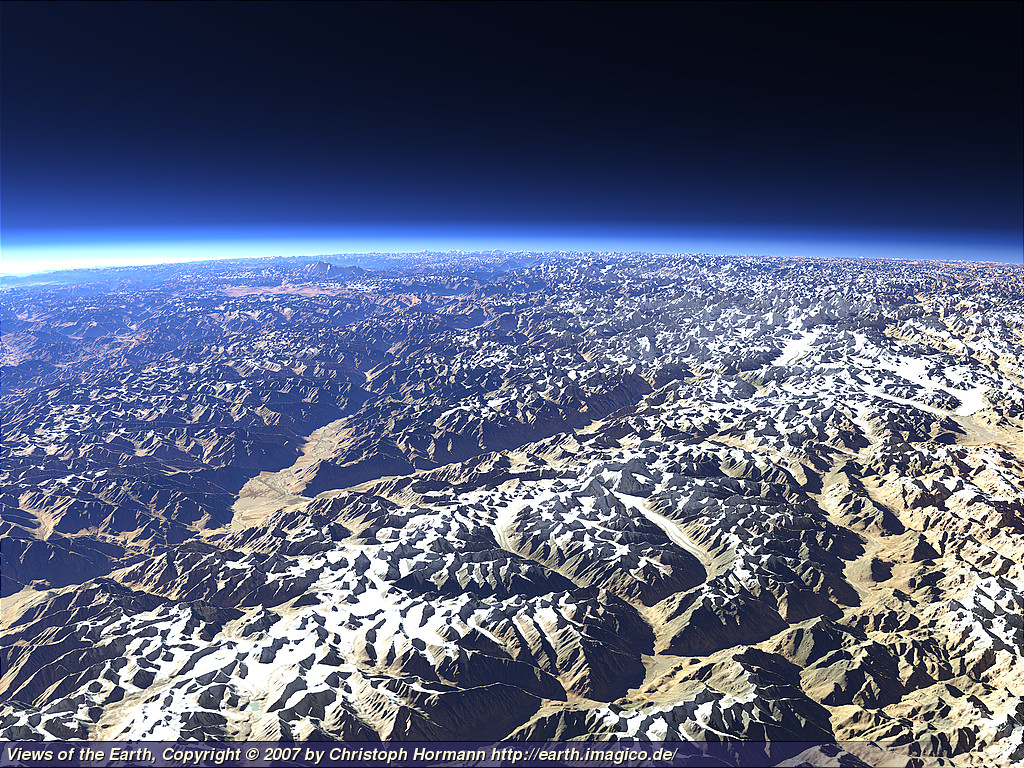
Mongol diplomatic missions were sent to Europe, Korea, Vietnam and India, here the Karakorum Mountains made a barrier between Central Asia and East Asia

Artists were brought to Karakorum from all over the Khanate system, as Mongols were few in number and artistic skill
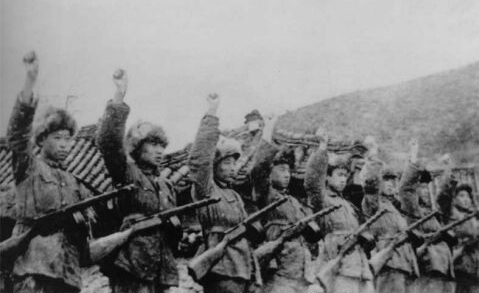
Decline in Persia due to overspending, Ilkhan died without heir, while the Yuan issued paper money and faced a revolt, and the Black Death swept through sending Mongols north to the steppes again, while the Golden Horde in Russia was defeated by the Czars of Moscow in the 1500s (St. Basil's Cathedral in Moscow was built to commemorate freedom from the Mongol Yoke)
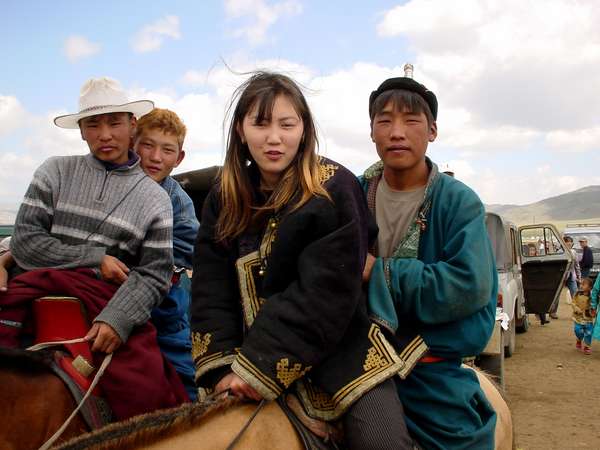

Mongols today The Mongolian Capital Ulaan Baatar
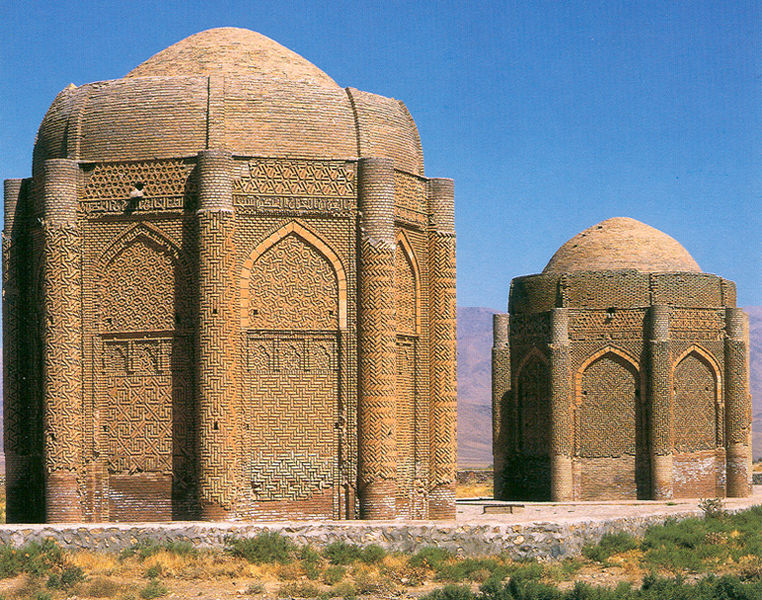
Meanwhile in Turkestan, Central Asia, Mahmud of Ghazni's Turks were not the only ones to migrate.
Saljuq Turks migrated west into the Abbasid realm in the 11th century - During the period of Mongol rule,
Turkestan was the Khanate of Chaghati this is the tombs of the Seljuk Turk rulers
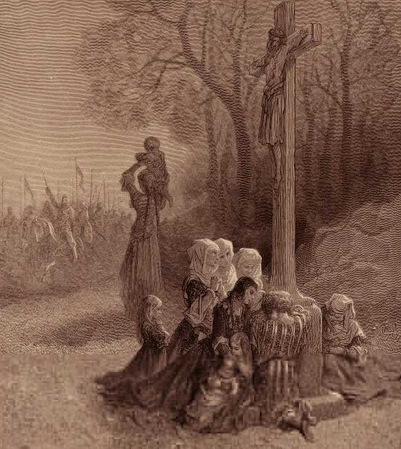
The Saljuqs adopted Islam and served the Abbasid army, moved into Anatolia and defeated the Byzantines at Manzikert in 1071
Here Byzantines await slaughter at Manzikert, and 25 years later the Byzantines would ask Pope Urban II for help, launching
the Crusades which would last until the 14th century.
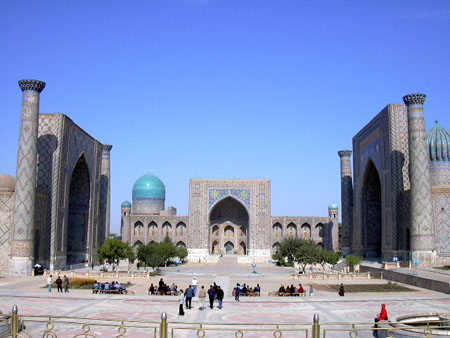
After the Mongols, the Turks erupt to build a short-lived central Asian empire under Tamerlane the Whirlwind
The capital of Tamerlane's empire was the Silk Road city of Samarkand
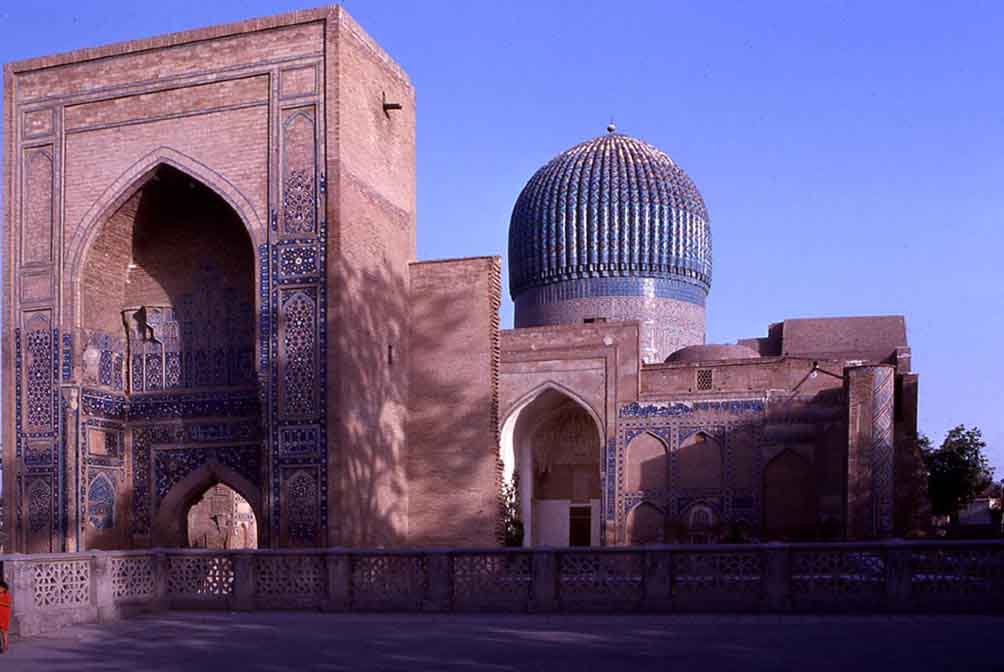
Samarkand housed many important landmarks including Tamerlane's tomb
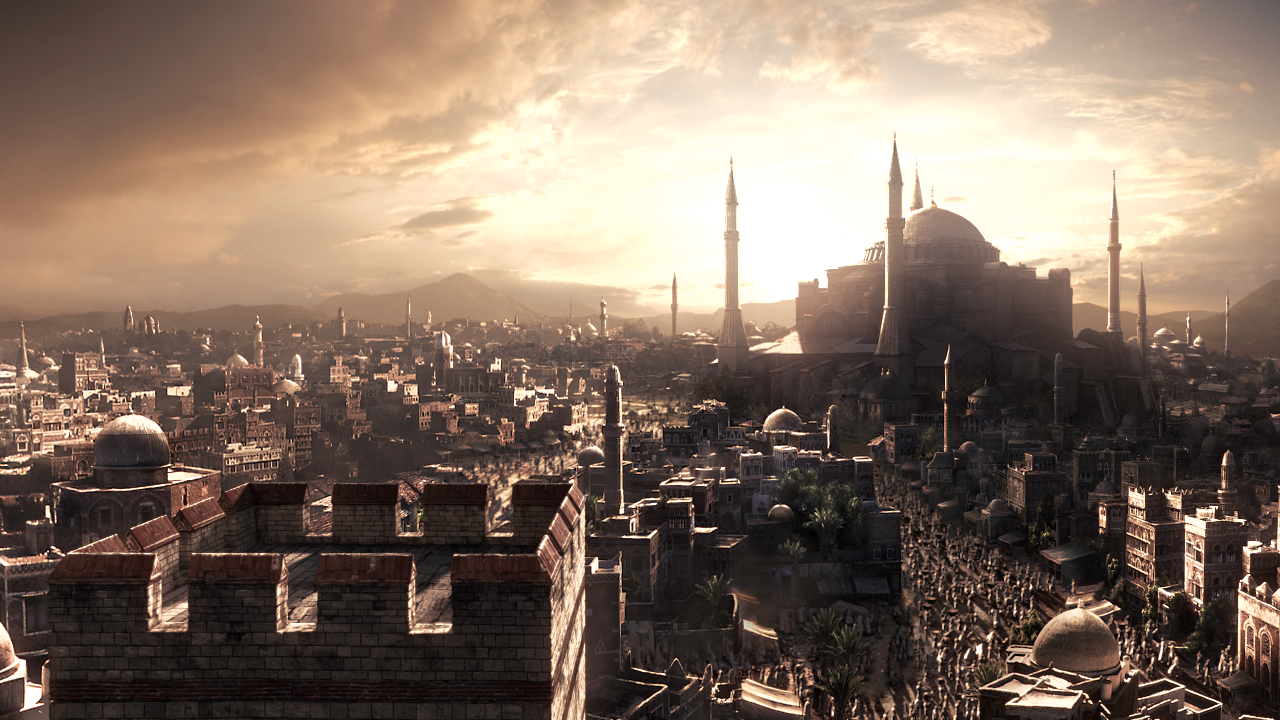
The Ottoman branch of the Turks rose to ascendence under Osman, following the Seljuqs to Anatolia and fighting the Byzantines. The Ottoman's win the ultimate prize: they destroy the Byzantine Empire in 1453 and inhabit Constantinople (now Istanbul), leading to centuries of attacks and domination over southeastern Europe (Greece, Bulgaria, Serbia, Romania, Hungary).
Site Design: David Tamm